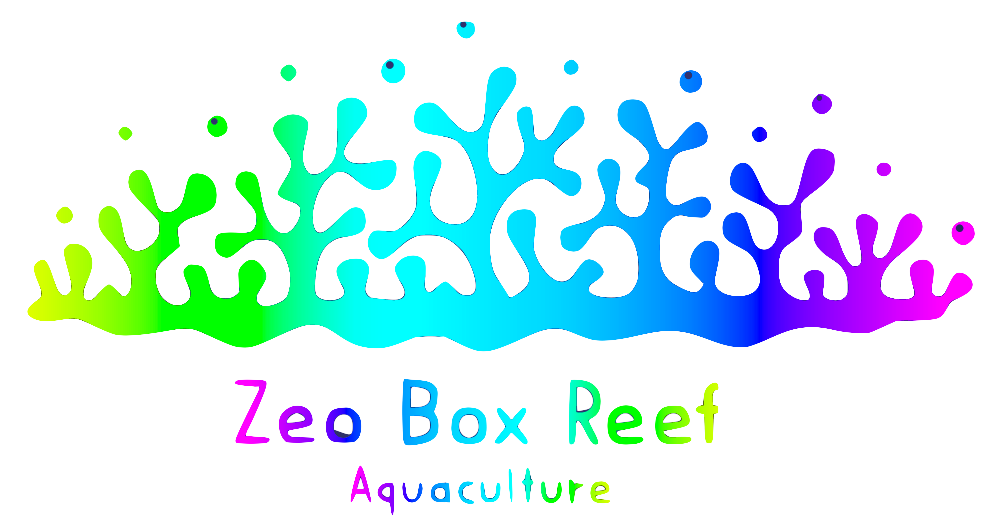Location
Scolys are found all over the tropical waters of the Pacific. The vast majority of the Scolymia found in the hobby today originate from the Great Barrier Reef or from reefs of the coast of Western Australia. Scoly we sell at ZBR, originate from Queensland and Western Australia. Western Australian Scoly are called Button Scoly. There is a Scoly for every price range, the ultimate Scoly's are usually called Ultra Scoly, Bleeding Apple Scoly, Warpaint Scoly, UFO Scoly or Master Scoly.

Lighting
Scolymia are not the most light demanding coral. They are photosynthetic but anything around 100 PAR is adequate for their health. There is some variability to the intensity of their colours with changes in light strength, but developing better colours might have more to do with spectrum provided.
Personally like very robust spectrum T5 bulbs, but plenty of hobbyists have had good luck with them under high quality LED fixtures. While most of the time Scoly coloration is consistent, in some of the variants with the most number of colors, the coral may lose some of the colors that made them so desirable in the first place. If that is the case, the hobbyist might have to do some experimentation with different lighting technologies to attempt to regain some of the coloration.
Water Flow
Low to Moderate water movement is recommended. I personally shoot for just enough flow to carry away waste from their mouth. When placing the on the rock work, a slight angle helps rather than having them straight up and down for both viewing and waste removal.
Most people have them lower in the tank and possibly on the substrate. If placing them on rocks, be careful that nothing falls on them or they do not fall down on something else.

Water Chemistry
As with any stony coral, Scolymia make use of calcium, carbonate, and magnesium to build their skeletons so it is important to make sure that your water chemistry falls in line with natural sea water levels.
As far as calcium goes, it is one of the major ions in saltwater. In most healthy reefs, the calcium level hovers around 425 parts per million (ppm).
Alkalinity is a little more difficult to explain than calcium. It is not a particular ion, but can be thought of as the buffering capacity of saltwater. Buffering capacity is the amount of acid required to lower the pH of saltwater to the point bicarbonate turns into carbonic acid. It sounds over technical, but in layman’s terms, higher alkalinity levels equate to greater chemical stability in our reef tanks. In practice alkalinity tends to be the parameter that fluctuates the most of the three and is the one that needs the most babysitting. In the wild, the alkalinity of the water is around 7-8 dkh. In an LPS dominated tank the corals tend to be slower growing and less taxing on major element supplementation.
It is good practice to periodically test just to make sure everything is in the ballpark of natural sea water levels. A couple parameters worth paying closer attention to is nitrate and phosphate. Scolymia are sensitive to declining water quality and elevated levels of nitrate and phosphate are an indicator of declining water quality. Low nitrate levels around 5-10ppm are actually welcome for large polyp stony corals.

Feeding
Like most coral, Scolymia rely to a large extent on the products of their zooxanthellae, however, in our experience, they also benefit from direct feeding. We feed a mixture of frozen food and commercially made pellets and powders. Scolymia are such active feeders that they don’t really need to be spot fed too much because they are more than capable of grabbing food that floats by.

Please browse our LPS collection page to see what Scoly coral you can buy at ZBR.

